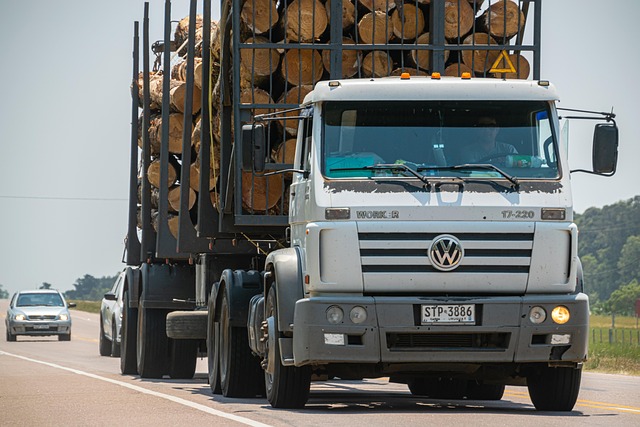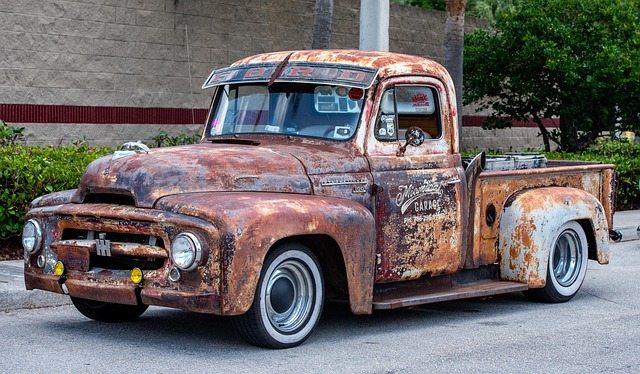Looking to register your car in California? This comprehensive guide walks you through every step, from understanding eligibility requirements to securing your vehicle’s DMV VIN verification. Gather essential documents, complete an online or in-person application, pass a vehicle inspection, pay registration fees, and receive your California registration certificate and license plate with ease. Streamline the process today!
- Understand Eligibility Requirements for Car Registration in California
- Gather Necessary Documents for DMV Vin Verification
- Complete Online or In-Person Application Process at the DMV
- Pass Vehicle Inspection and Pay Registration Fees
- Receive Your California Registration Certificate and License Plate
Understand Eligibility Requirements for Car Registration in California

Before registering your car in California, it’s crucial to understand the eligibility requirements set by the Department of Motor Vehicles (DMV). To start, your vehicle must be legally imported and meet safety standards, including emissions requirements. Additionally, the car must have a valid and accurate Vehicle Identification Number (VIN) inspection. This process, often conducted through a mobile VIN verification or vin inspection, ensures that the vehicle’s history is clear and matches the details provided by the manufacturer.
The DMV also mandates proof of insurance and payment for registration fees. Make sure your car is insured by a company authorized to do business in California. You can opt for a mobile vin inspection to streamline the process, allowing you to verify your vehicle’s VIN without visiting a DMV office. This step ensures that all documents are in order before finalizing the registration.
Gather Necessary Documents for DMV Vin Verification

Before heading to the DMV for car registration, ensure you have all the necessary documents ready for a smooth dmv vin verification process. This includes your vehicle’s title, which proves ownership, and a valid driver’s license or ID card. You’ll also need proof of insurance and payment for the registration fees. A mobile vin verifier can be handy here; it allows you to quickly and accurately obtain your Vehicle Identification Number (VIN) for verification purposes.
Some states may accept alternative forms of identification, but California typically requires original documents or certified copies. Additionally, if your car is a recent purchase from a dealership, they often provide the necessary documentation for registration, including a vin inspection report, which simplifies the process even further.
Complete Online or In-Person Application Process at the DMV

To register your car in California, you can choose between a streamlined online application process or visiting a DMV office in person. Both methods involve several key steps, including providing proof of identity and insurance, passing a vehicle inspection (which may include a mobile vin verifier for accurate DMV VIN verification), and paying the required fees.
The online route offers convenience with dedicated DMV portals allowing you to submit applications and upload necessary documents digitally. In-person registration requires gathering physical documents and potentially scheduling an appointment at your local DMV, but it can be faster if all requirements are in order. Regardless of your chosen method, ensuring accurate mobile VIN verification through a trusted mobile vin inspection service is crucial for a smooth car registration process in California.
Pass Vehicle Inspection and Pay Registration Fees

Before registering your car in California, your vehicle must pass a DMV (Department of Motor Vehicles) vin verification inspection. This process involves a thorough check of your car’s safety and emission systems to ensure they meet state standards. The inspection includes verifying the Vehicle Identification Number (VIN), checking for any outstanding recalls or defects, and assessing the overall condition of the vehicle. You can opt for a traditional inspection at a DMV office or choose a convenient alternative with a mobile vin verifier or mobile vin inspection service, which allows you to complete the process from the comfort of your home or workplace.
After passing the inspection, you’ll need to pay the required registration fees. These fees vary based on factors such as the type and age of your vehicle. You can typically pay these fees online through the DMV’s website, by mail, or in person at a local DMV office. Ensure you have all necessary documents, including proof of insurance and identification, ready before attempting to register your car.
Receive Your California Registration Certificate and License Plate

After successfully applying for your California car registration, it’s time to receive your official documents. You’ll be issued a California Registration Certificate, which confirms your vehicle’s registration status and shows important information like the year, make, model, and VIN (Vehicle Identification Number). Alongside this certificate, you’ll also get a set of license plates that you must display on your vehicle at all times while it’s operated within the state.
To ensure everything is legitimate and accurate, undergo a DMV VIN verification process to check your car’s history, including any prior ownership, accidents, or outstanding issues. You can do this through a mobile vin verifier for a convenient, quick inspection right from your phone. This step is crucial to maintain compliance with California’s vehicle registration regulations and avoid potential fines or legal complications down the road.
Registering a car in California involves several straightforward steps. By understanding eligibility requirements, gathering essential documents for DMV VIN verification, completing an online or in-person application, passing a vehicle inspection, and paying registration fees, you can efficiently obtain your California registration certificate and license plate. Remember to always verify your vehicle’s details with the DMV to ensure a smooth process.



